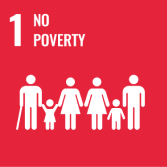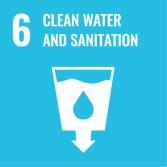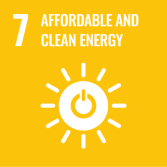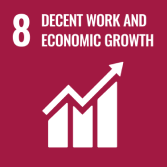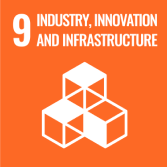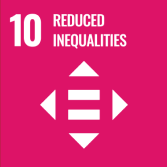The terrestrial ecosystem carbon cycle is essential to the global carbon cycle. Mining activities have seriously damaged the terrestrial ecosystem and destroyed the carbon sequestration ability of vegetation, which is of great significance to studying the effect of coal mining on land structure
[...] Read more.
The terrestrial ecosystem carbon cycle is essential to the global carbon cycle. Mining activities have seriously damaged the terrestrial ecosystem and destroyed the carbon sequestration ability of vegetation, which is of great significance to studying the effect of coal mining on land structure change and carbon sink function in cities and mining areas. However, the existing research lacks the targeted analysis of the carbon sink level of the mining area combined with the mining data. Based on the coal-mining information, land-use data, and MODIS NPP data, this study analyzed the spatio-temporal change characteristics of land use and NPP in Huainan City and its mining areas from 2001 to 2020. The results showed that: (1) 22.5% of the land types in the mining area have changed, much higher than 3.2% in Huainan; 40.08 km
2 of the cropland in the mining area has been transformed into waterbodies, seriously affecting regional food security. (2) NPP fluctuates with rainfall, has a weak correlation with temperature, and is restricted by coal-mining factors. The average NPP of most coal mines is significantly lower than that of non-mining areas. The NPP of Huainan City showed an overall growth trend of 2.20 g/(m
2 × a), which was much higher than the average value of 0.43 g/(m
2 × a) in the mining area. Especially in the Guqiao mine, the difference in NPP
slope before and after mining was as high as 16.92 g/(m
2 × a). (3) The probability integral method was used to estimate that 195.16 km
2 of land in Huainan would be damaged by mining in 2020. The distribution of damage degree was negatively correlated with NPP
slope, which meant the more serious the damage was, the less NPP
slope was. This study revealed the characteristics of land-use change and NPP spatio-temporal response in resource-based cities and mining-disturbed areas. It quantitatively estimated the impact of mining activities on regional carbon sink function. It can provide theory and data support for mining areas to carry out ecological protection and restoration, improve the environmental service function of resource-based cities, and formulate sustainable development strategies.
Full article
